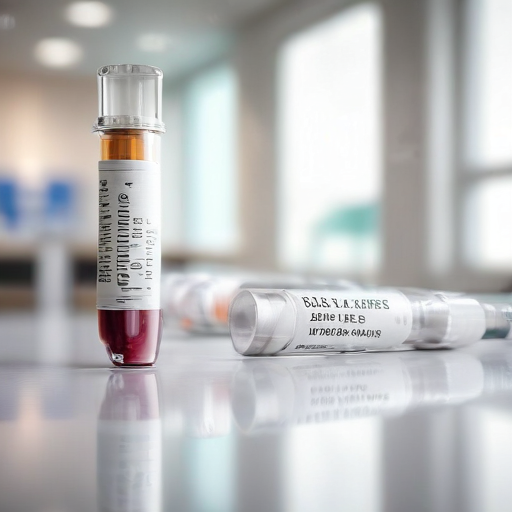A recent study published in the Annals of Internal Medicine highlights a significant shift in the prescription patterns of GLP-1 drugs, which are primarily used to treat type 2 diabetes. The research indicates that, while the number of new prescriptions for diabetic patients has decreased, the share of individuals without diabetes receiving these medications is on the rise.
GLP-1 drugs, such as Ozempic, Wegovy, and Mounjaro, are designed to mimic a hormone that plays a crucial role in blood sugar regulation and appetite control. Originally, these medications were approved exclusively for managing type 2 diabetes, but the FDA’s approval of Wegovy for weight management in 2021 has dramatically expanded their use.
Conducted by researchers from Cedars-Sinai Medical Center and various institutions, the study analyzed medical records of approximately 45 million Americans who visited healthcare providers between 2011 and 2023. The findings revealed a decrease in new GLP-1 users with diabetes from nearly 90% in 2019 to over 70% by 2023. Conversely, the proportion of new users without diabetes increased from 10% to 25%.
Co-first author of the study, Yee Hui Yeo, noted, “This data suggests that more healthcare providers are seeing the benefits of these medications for treating obesity, which is a significant public health shift.” However, the rising demand for these drugs raises concerns regarding medication shortages, particularly for patients with diabetes who still require access to these treatments.
GLP-1 drugs have gained popularity not only for their diabetes management capabilities but also for their effectiveness in weight loss, with users reportedly shedding up to 26% of their body weight. As demand surges, pharmaceutical giants Eli Lilly and Novo Nordisk are striving to meet the needs of both diabetic and non-diabetic patients, investing billions to increase production capabilities.
Analysts at Morgan Stanley forecast that the global market for GLP-1 drugs could reach an astonishing $105 billion by 2030, with expectations that by 2035, about 31.5 million people in the U.S. may utilize these treatments, representing nearly 9% of the population.
While the evolving use of GLP-1 drugs presents challenges, it also underscores the growing recognition of obesity as a critical public health issue, encouraging innovative approaches to treatment. This trend may bring about more comprehensive solutions for individuals struggling with weight management while ensuring that those with diabetes continue to receive the care they need.
